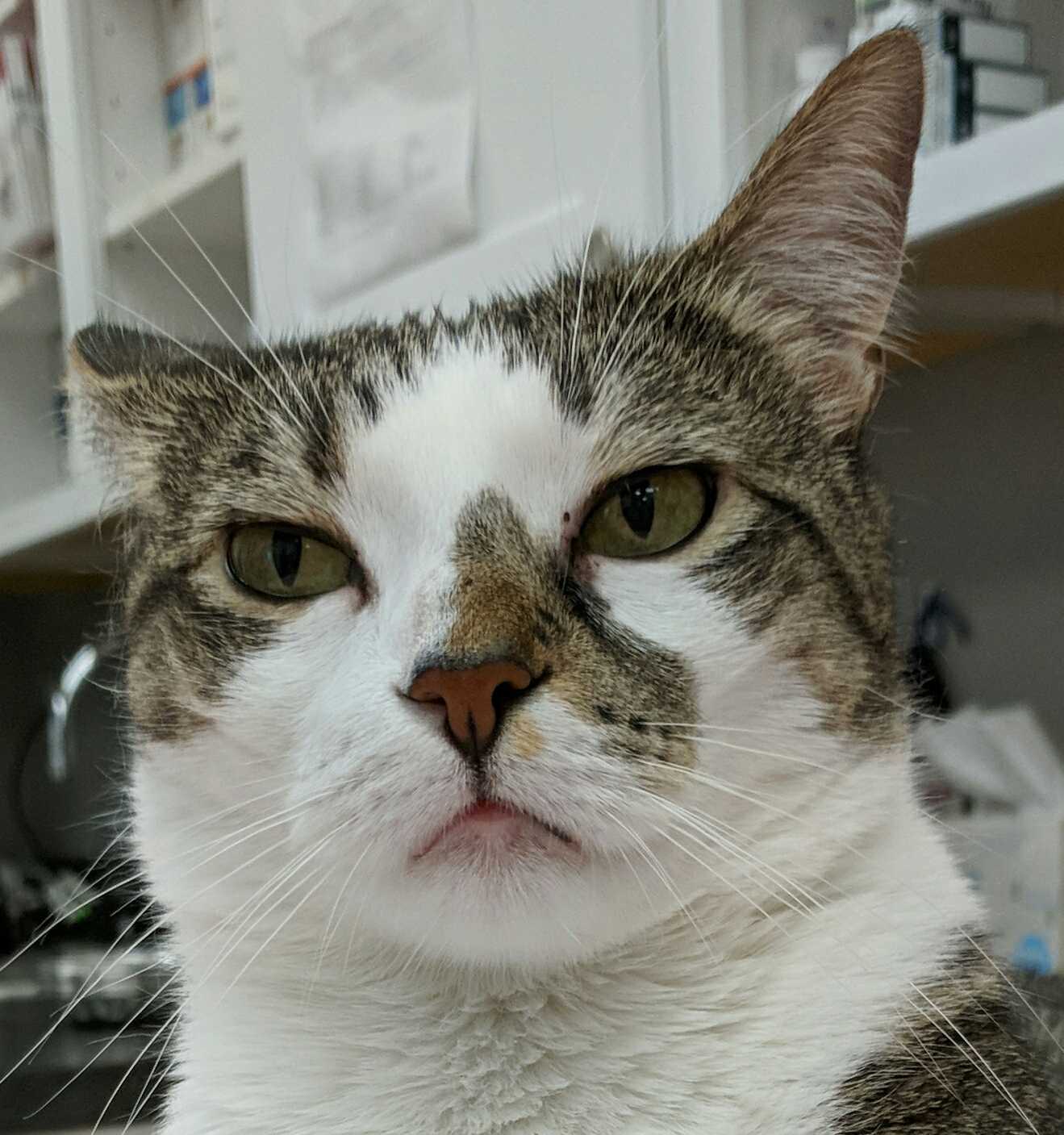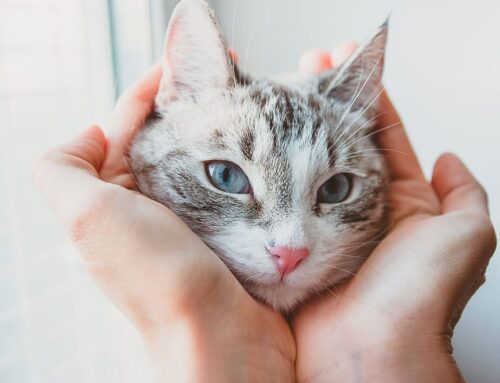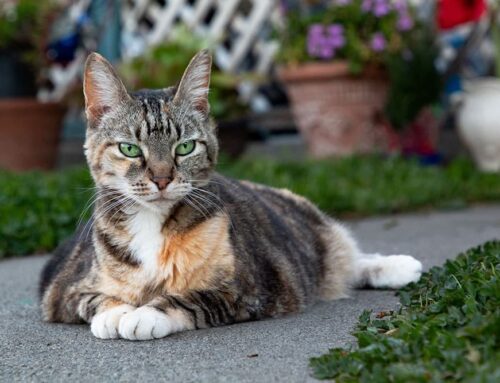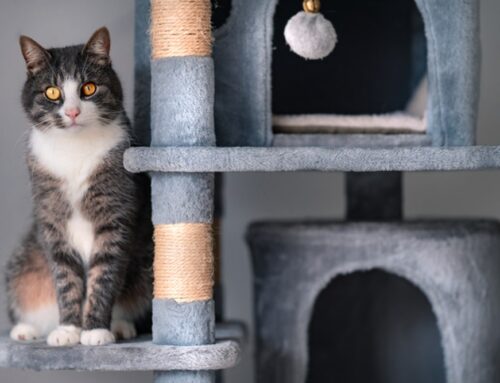Cats often are considered enigmatic, mysterious pets who are much more difficult to understand than their canine counterparts. And, while your dog may be more open and obvious with their declarations of love and adoration, your cat displays their affection through verbal communication and body language. Your feline friend also uses verbal, scent, behavior, and body language signals to convey messages to other cats, household pets, and their owners. They may not communicate as clearly as your dog, with their barks and tail wags, but with practice, you can learn to understand what your cat is saying.
How cats communicate verbally
Many people think cats most commonly communicate with a meow, but cats actually have an entire repertoire of sounds. Some of the more common sounds include:

- Meow — A meow is typically reserved for communicating with people, whether it means “fill my food dish” or “pet me.” Meows are rarely directed toward other cats once a cat reaches adulthood, although kittens will beg for their mother’s attention through tiny meows.
- Chirp and trill — Cats often use these birdlike noises when they are excited about something, or to get you to check out something they find intriguing.
- Chatter — Your cat typically chatters when they are gazing out the window at a bird, squirrel, or other prey animal. Whether the excitement of seeing a creature to pounce on, or the frustration from being held back by a glass pane causes the chatter, the sound is most often linked to predatory behavior.
- Hiss — Hissing is self-explanatory—it means “back off.” Typically, a scared or upset cat hisses in an attempt to warn off an encroaching threat.
- Purr — Most people link purring with a content cat, but context is important when deciphering a purr. Cats also can purr as a means of comfort in times of stress or injury, and purring is believed to promote healing.
How cats communicate through body language
Body language is more commonly used in cat-to-cat communication, along with scents and pheromones. When deciphering what your cat is saying with their body, take a close look at the following clues:
- Tail action — A loose, upright tail indicates a happy or inquisitive cat, especially one arched like a question mark. A stiff, upright tail often signals high negative emotion, and a low-held, quickly flicking tail is a sign to watch out.
- Eye and pupil shape — Wide-open eyes and dilated pupils are the hallmarks of a scared cat, whereas a cat about to strike may have constricted pupils for better focus on details. A relaxed cat will have softened, partially opened eyes and, if you’re blessed with a slow blink, return the favor, since this gesture means “I love you” in cat-speak.
- Ear position — Pricked, upright ears show interest, while low, flattened ears indicate uncertainty, fear, or possible aggression.
- Body posture — Knowing when your cat is tense and afraid is easy, because their body will be stiff and tight. Your happy, relaxed cat’s body will be loose as they wind through your legs or rest on your lap.
How cats communicate through behavior
Cats perform some odd behaviors, which may seem to have no rhyme nor reason to you, but have several meanings for other cats. Some of the most common behaviors you may notice in your cat include:

- Bunting — Weird as it may seem, most cats will demonstrate affection for their people by head butting them. This is often considered a variation on scent marking behavior.
- Kneading — Commonly referred to as “making biscuits,” kneading is a nursing behavior that many cats never outgrow. It signals contentment, and may be used by cats to comfort themselves.
- Marking — Scratching, urine marking, and scent marking are all marking behaviors. Cats communicate with other cats mostly through scent markers, which can be left behind through all these behaviors. Scent glands in the paws provide an olfactory marker, while actual scratches are a visual signal. Urine marking is common in unneutered male cats—and some female cats—who are highly territorial and will spray around doors and windows where stray cats hang out.
- Inappropriate elimination — Inappropriate elimination can be the result of many feline issues, and you need to consider the context to accurately determine what your cat is trying to say. For example, they may be urinating in your closet because the other household cat is a bully when they’re in the litter box. Or, your elderly cat with arthritic joints may be defecating right next to the box, since they cannot clamber over its tall sides.
Do you know what your cat is trying to tell you? Excessive vocalization can be a sign of pain, while inappropriate elimination can indicate a urinary tract issue. Fortunately, the Just Cats Clinic team is well-versed in the feline language, and we can help decipher your cat’s code. Call us to schedule an appointment.













